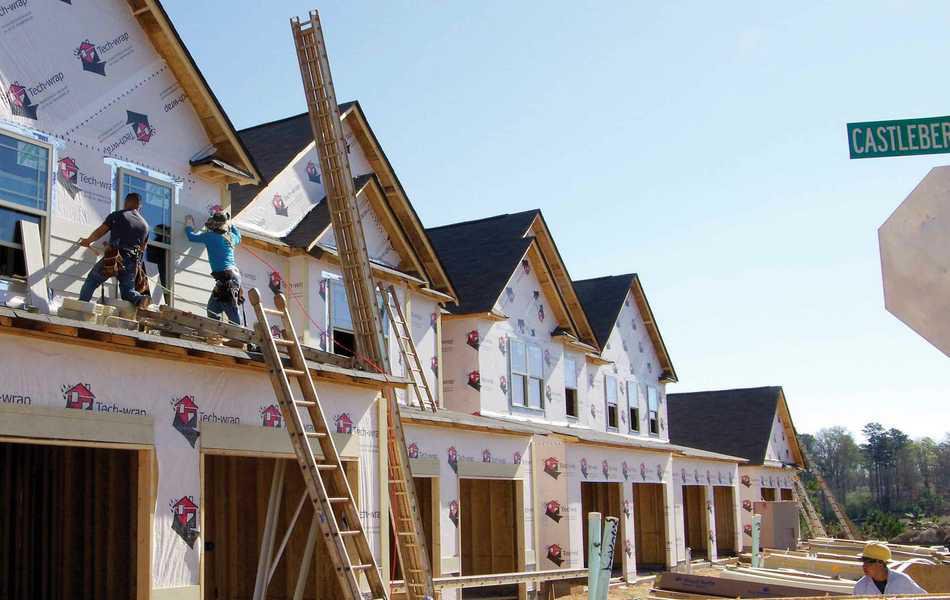FORSYTH COUNTY — You don’t have to have lived in Forsyth long to notice the county is growing at the pace of an Olympic sprinter.
According to recent data released by the U.S. Census Bureau, Forsyth County’s population rose 4.6 percent between July 1, 2013, and July 1, 2014. However, there is still a faster-growing county.
Stewart County, which sits just south of Columbus on the Alabama state line, took that title as its population rose by 4.7 percent, though its total number of residents only reached 5,744.
Towns County in the north Georgia mountains came in third (3.2 percent), followed by Oconee County (3.1 percent) near Athens and Long County (2.8 percent) outside Valdosta.
“It’s basic economics. People get a lot more for their dollar in Forsyth County than they can anywhere else in metro Atlanta,” said James McCoy, president and CEO of the Cumming-Forsyth County Chamber of Commerce. “When comparing many other communities around the country, if you can get a world-class education from a public school system, if you can have the lowest property taxes in the region, if you can get a larger home to raise your family and to grow …
“We’re all looking for pretty much the same thing. We’re trying to maximize our utility.”
Forsyth is the lone county in Georgia to rank in the top five in numerical and percent growth between 2013 and ’14. It sits at fourth by adding 8,990 people, bringing the total population estimate to 204,302.
Gwinnett County added more people than any other county (18,966), followed by Cobb, which grew by 12,773 people, Fulton (11,598) and DeKalb (7,226) counties.
Fulton, Forsyth’s southern neighbor, remains the most populous in Georgia, with 984,721 residents, followed by Gwinnett (858,956) and Cobb (718,208).
In 2012, the last time this data was released, Forsyth came in fifth in percent growth, following counties all with less than 50,000 residents.
By 2014, Forsyth had become the seventh-fastest growing county with a population of 10,000 or more in the nation. Of those quicker six, three — including the top two — have between 20,000 and 33,000 residents. Only the sixth-fastest, Fort Bend County in Texas, at 685,345, has a larger population than Forsyth.
McCoy noted a lack of alternatives for those who speak out against this continuous growth.
“They say, ‘When are we going to stop this growth or slow this down?’ Look at Gary, Ind., or Detroit,” he said. “What is the alternative?
“There is no such thing as economic equilibrium. There is in terms of prices, but not in economies. They’re either growing or shrinking. There is no plateau.
“What we have to work on is how we have growth that is balanced with commercial growth. We have to have job growth so that we can keep the tax digest balanced.”
The average homeowner pays $1,441 in annual property taxes, he said. After taking into account exemptions from 2013, the property tax portion of the general fund for the school system and county actually cost Forsyth County $2,904 per home.
“So there’s a $1,463 gap per average household,” he said. “What is filling that gap is commercial development.”
He estimated, for example, the Toyota dealership whose rezoning the county commission recently approved will fill that gap for about 700 homeowners. A Walmart fills the gap for about 2,000.
Regardless of the manner of growth, facilities like hospitals must continue to expand to meet “people’s expectations and their needs when they do get here,” according to Lynn Jackson, administrator of Northside Hospital-Forsyth. “With rapid growth comes the possibility that growth can get ahead of us.
“We’ve run that care here for a long time. There are a lot of reasons to want to be here … [Forsyth’s] a wonderful community still, where you can go to the grocery store and run into people you know. It really is friends and neighbors taking care of friends of neighbors.”

